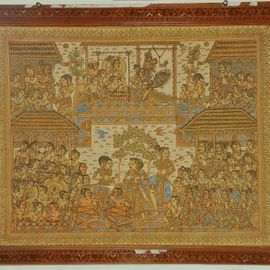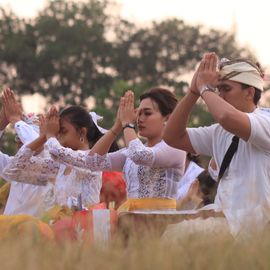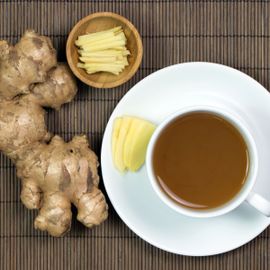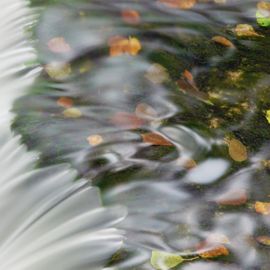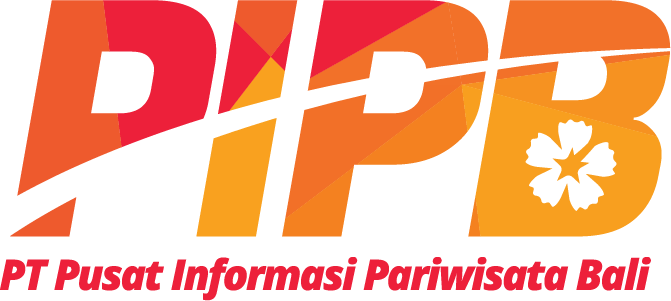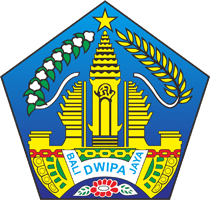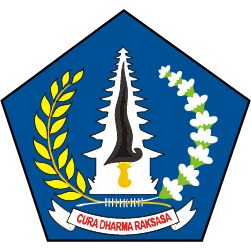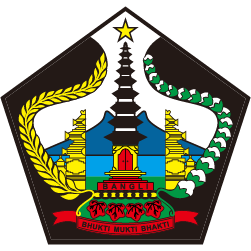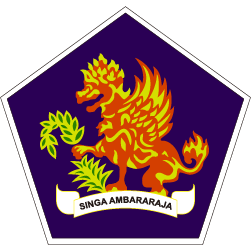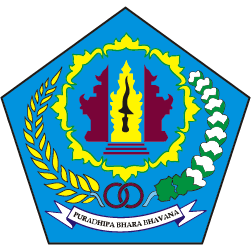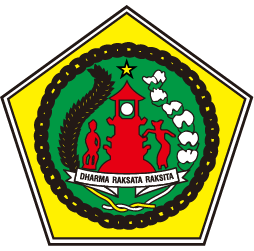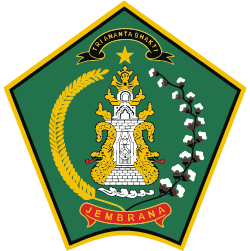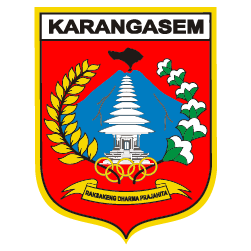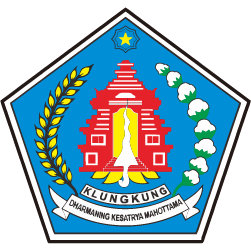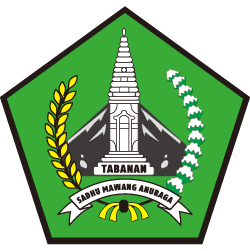Semarajaya Museum, Devotedly Keep The Historical Records Of The Kingdom Of Klungkung
Semarajaya Museum, Devotedly Keep The Historical Records Of The Kingdom Of Klungkung.
The island of Bali has a variety of tourist themes. To complete the theme of your trip, you can include the Semarajaya Museum as your tourist destination. This museum is located in the Taman Kerta Gosa complex on Jalan Untung Suropati Nomer 3, Klungkung. On April 28, 1992, the museum was inaugurated and can be visited by tourists. The building architecture of the Semarajaya Museum is very easy to spot. In every corner of the museum there is a gate with carvings. The gate of the building is made of brick.
In the museum area, you will be greeted by a garden decorated with palm trees and frangipani. During certain seasons, you can enjoy the beauty of white frangipani blossoms combined with green grass. Once entering the room, set your heart to explore the history record one by one. On the right is a room containing 66 paintings by Emilio Ambron. The paintings mostly depict the situation of Bali at that time. More specifically, the painting recorded the atmosphere in the Kingdom of Klungkung.
In another corner, there is a collection of traditional clothing, paintings and sculptures. There are also traditional gongs, jars and weapons. From keris, spears, to kitchen utensils like mortar. In this place you can also see the process of making palm sugar, which is a community innovation in processing natural resources.
The processing of palm sugar and tuak is carried out by the residents of Dawan, Pekat, and Pikat Villages. There is also a salt-making tool carried out by residents of Pesinggahan Village. This village is located on the edge of Gowa Lawah Beach. Besides being able to see the processing crops equipment, you can also see the procedure. For example, to make palm sugar, you need water sap, coconut oil and whiting. The three ingredients are then boiled in vase on wood coals. After thickening, the cooking water is poured into molds and awaited to dry. This process is a cultural property stored in the Semarajaya Museum. Not only processing agricultural products, a few years ago there was a replica of the King Klungkung crown and exhibited in this museum.
Regarding the Kingdom of Klungkung, the Semarajaya Museum also stores court seats. There are 6 chairs that were once used by important figures. Chairs with dragon carved armrests are the seats of Brahmins and Kings. The carved ox chair is where the scribe sits. Well, Dutch officials also prepared a special chair, namely a chair carved into a lion shape. While the judge occupied the court seat which had buffalo ornaments.
The historical records of the Klungkung Kingdom are still stored today in each museum room. Although times have changed, the past remains the identity of a cultured society. The Semarajaya Museum is still faithful in keeping a record of past history. Let's celebrate the past by visiting the museum.
